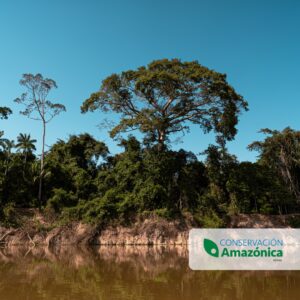 Earlier this year, we celebrated alongside our Bolivian sister organization Conservación Amazónica – ACEAA Bolivia in the creation of the Arroyo Guarichona Natural Area in July, which now protects 199,435 hectares (492,814.8 acres) of vital natural spaces with savannas, lowland forests, and high biodiversity in Beni, Bolivia.
Earlier this year, we celebrated alongside our Bolivian sister organization Conservación Amazónica – ACEAA Bolivia in the creation of the Arroyo Guarichona Natural Area in July, which now protects 199,435 hectares (492,814.8 acres) of vital natural spaces with savannas, lowland forests, and high biodiversity in Beni, Bolivia.
Now, several months later, we’re celebrating again with the official establishment of a new conservation area in Bolivia’s Pando region: the Tahuamanu – Orthon Conservation Area! On September 5th, the municipality of Porvenir and the Governor of Pando, Regis Richter Alencar, enacted the Departmental Law No. 031/2024, creating 308,470.69 (76,2247.7 acres) hectares of protected forests. This area is key to preserving the region’s natural heritage and promoting sustainable development that benefits both the environment and local communities. The establishment of this area consists of 3 major long-term goals: to protect biodiversity and promote the sustainable use of natural resources, secure resources for future generations, and promote the health, food security, access to water, and well-being of all who depend on them.
Amidst the fires that are sweeping across the Amazon, the news of a new conservation area comes as an encouraging step towards mitigating the expansion of mining and the misuse of land, providing the region with an opportunity to safeguard its ecosystem and resources. The Pando region hosts unique biodiversity and natural resources, including valuable water supplies. Among these, the Tahuamanu and Orthon rivers are vital sources of life and support for many communities that rely on them directly for their economic sustenance. The creation of the Tahuamanu – Orthon Conservation Area also provides the chance to promote scientific research and Pando’s Amazonian identity.
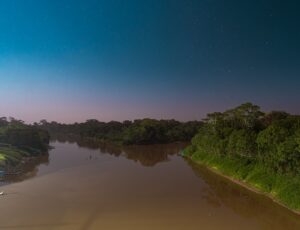 This achievement was accomplished thanks to the active participation of local communities and municipalities of Porvenir, Filadelfia, Bolpebra, Bella Flor, Puerto Rico, Santa Rosa del Abuná, Villa Nueva, and Ingavi San Pedro, which guaranteed inclusive and committed management of the area. The creation of this new conservation area would also not have been possible without the generous contributions of the Andes Amazon Fund.
This achievement was accomplished thanks to the active participation of local communities and municipalities of Porvenir, Filadelfia, Bolpebra, Bella Flor, Puerto Rico, Santa Rosa del Abuná, Villa Nueva, and Ingavi San Pedro, which guaranteed inclusive and committed management of the area. The creation of this new conservation area would also not have been possible without the generous contributions of the Andes Amazon Fund.
Thanks to the hard work of these local participants and Conservación Amazónica – ACEAA in Bolivia, our total number of acres protected has grown from 9.3 million to 10.5 million! We are incredibly grateful for all the hard work that was put into achieving this major milestone, and we look forward to striving for a sustainable path towards a thriving Amazon.

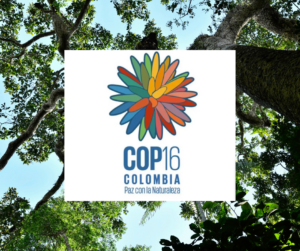 We are excited to announce that Amazon Conservation will be participating in this year’s
We are excited to announce that Amazon Conservation will be participating in this year’s 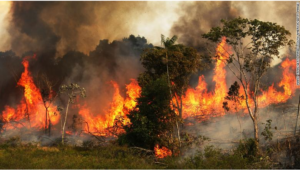
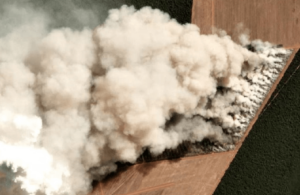
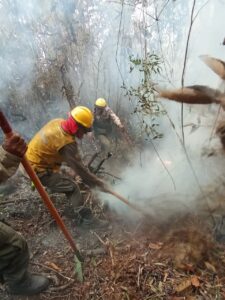 For the past few years, thanks to the generous support of our donor community, Amazon Conservation has helped local governments, communities, and the army in Bolivia – one of the countries most impacted by wildfires – mitigate fire risk by providing technical training and proper equipment to local fire brigades. Unfortunately, many local communities and municipalities’ firefighting teams are extremely underfunded and cannot fight these fires alone. In some parts of the Beni region, local fire brigades don’t even have access to water to combat fires, so this support we provide is vital to help prevent and combat fires.
For the past few years, thanks to the generous support of our donor community, Amazon Conservation has helped local governments, communities, and the army in Bolivia – one of the countries most impacted by wildfires – mitigate fire risk by providing technical training and proper equipment to local fire brigades. Unfortunately, many local communities and municipalities’ firefighting teams are extremely underfunded and cannot fight these fires alone. In some parts of the Beni region, local fire brigades don’t even have access to water to combat fires, so this support we provide is vital to help prevent and combat fires.  A series of our previous MAAP reports have demonstrated the emergence and expansion of illegal gold mining deforestation in the heart of the Ecuadorian Amazon, particularly in the area surrounding the Punino River, located between the provinces of Napo and Orellana. In our most recent report on this area (
A series of our previous MAAP reports have demonstrated the emergence and expansion of illegal gold mining deforestation in the heart of the Ecuadorian Amazon, particularly in the area surrounding the Punino River, located between the provinces of Napo and Orellana. In our most recent report on this area (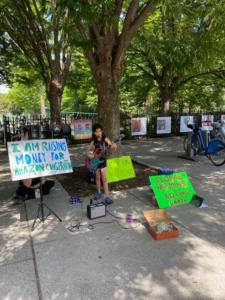 Originally started in Brazil to commemorate the creation of the Province of Amazonas, this day celebrates the global importance and beauty of the Amazon Rainforest and calls for urgent action to protect this vast biodiverse biome. This Amazon Rainforest Day, Amazon Conservation is celebrating the supporters and activists who are helping spread awareness about the impacts of climate change on the planet’s most vital resources. One of our youngest climate activists is 9-year-old Indigo, who has spent much of her summer writing songs and raising money to protect the Amazon.
Originally started in Brazil to commemorate the creation of the Province of Amazonas, this day celebrates the global importance and beauty of the Amazon Rainforest and calls for urgent action to protect this vast biodiverse biome. This Amazon Rainforest Day, Amazon Conservation is celebrating the supporters and activists who are helping spread awareness about the impacts of climate change on the planet’s most vital resources. One of our youngest climate activists is 9-year-old Indigo, who has spent much of her summer writing songs and raising money to protect the Amazon. 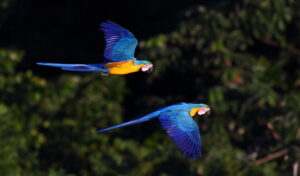 Looking for other ways to make a difference and protect the Amazon in honor of Amazon Rainforest Day? Consider incorporating a legacy gift in your will during National
Looking for other ways to make a difference and protect the Amazon in honor of Amazon Rainforest Day? Consider incorporating a legacy gift in your will during National 
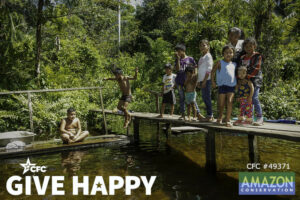
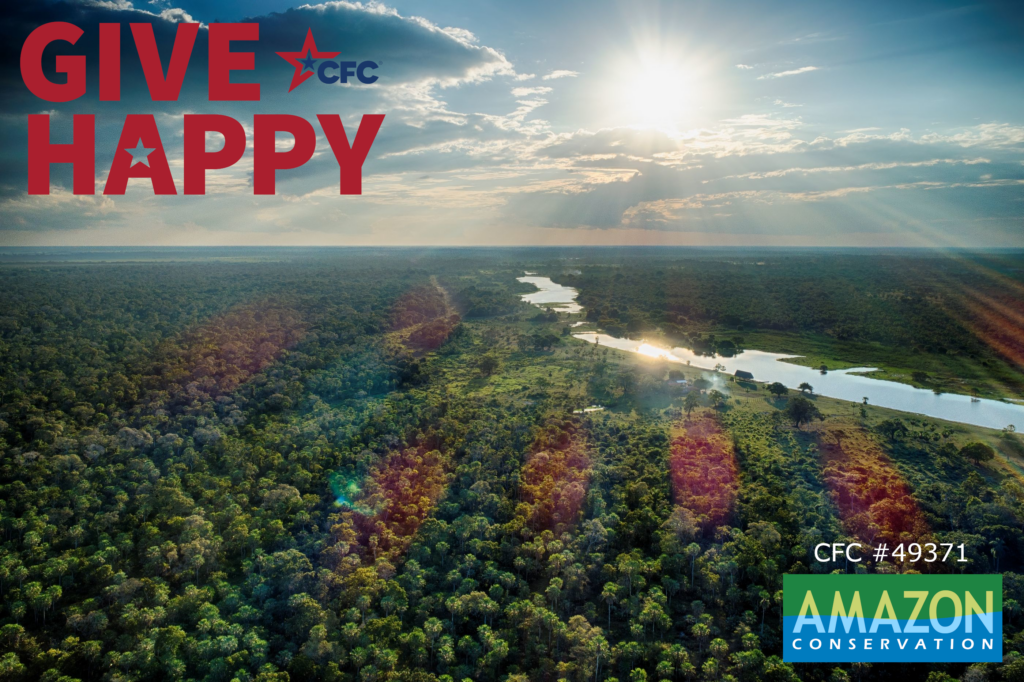
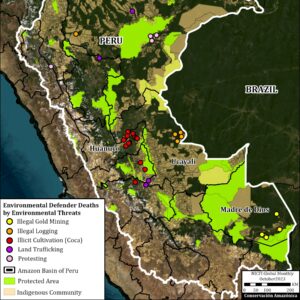 Our
Our 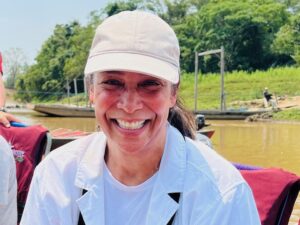 Ever wonder who’s working behind the scenes at Amazon Conservation? In addition to our incredible staff members, we also have a
Ever wonder who’s working behind the scenes at Amazon Conservation? In addition to our incredible staff members, we also have a  What got you interested in environmental conservation?
What got you interested in environmental conservation?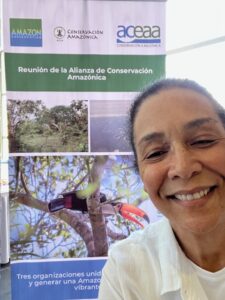 As a Board member, what are you most impressed/proud of from Amazon Conservation?
As a Board member, what are you most impressed/proud of from Amazon Conservation?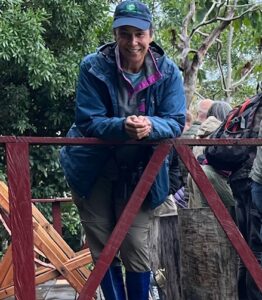 What have you learned from being a Board Member?
What have you learned from being a Board Member?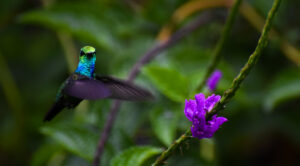 August reminds us of the importance of legacy and preparation, as it’s National Make-A-Will month! Make-A-Will month is a time that empowers us to think about the future and ensure our intentions are honored so that we can rest easy knowing the future we craft today will be bright and green tomorrow.
August reminds us of the importance of legacy and preparation, as it’s National Make-A-Will month! Make-A-Will month is a time that empowers us to think about the future and ensure our intentions are honored so that we can rest easy knowing the future we craft today will be bright and green tomorrow.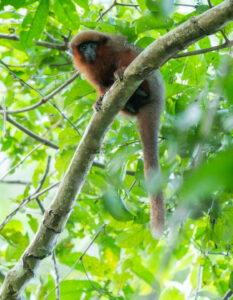 Here are some compelling reasons to take action now:
Here are some compelling reasons to take action now: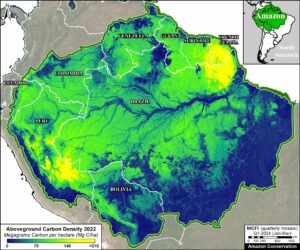 The
The